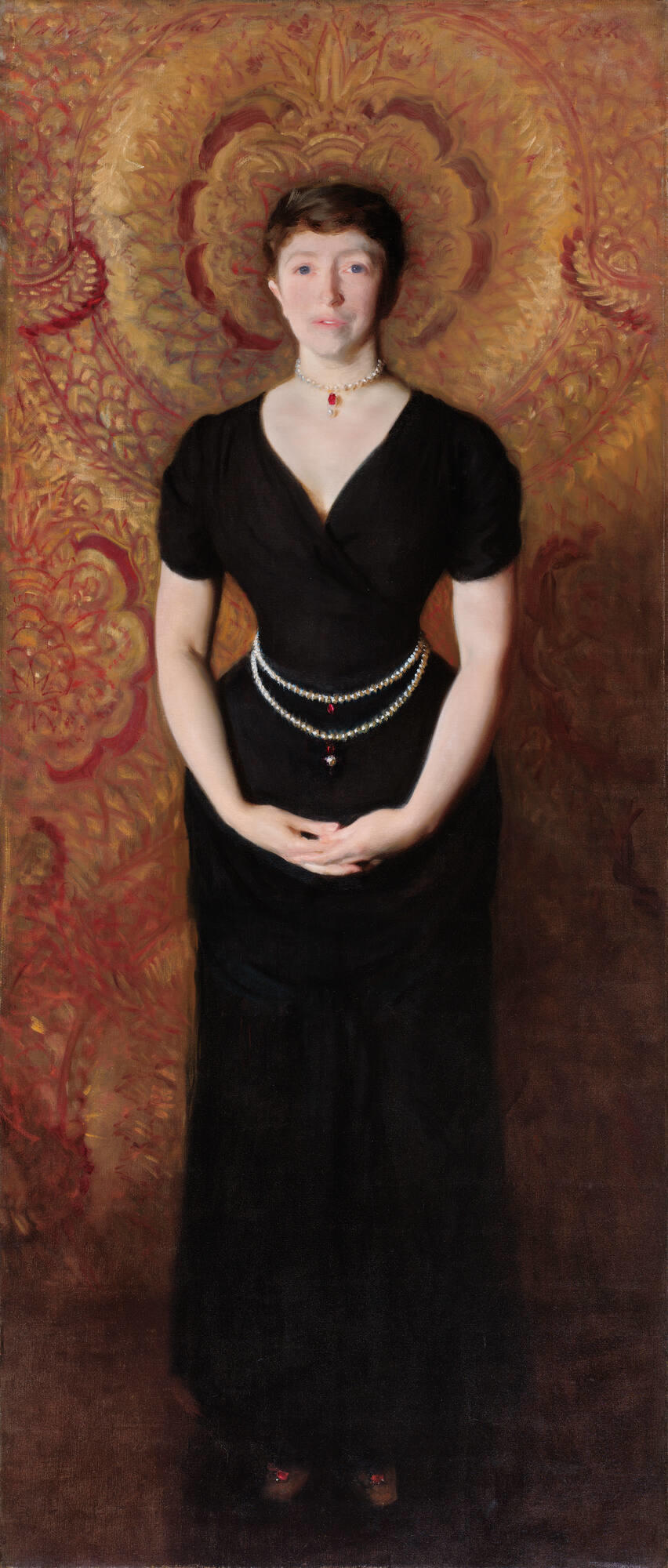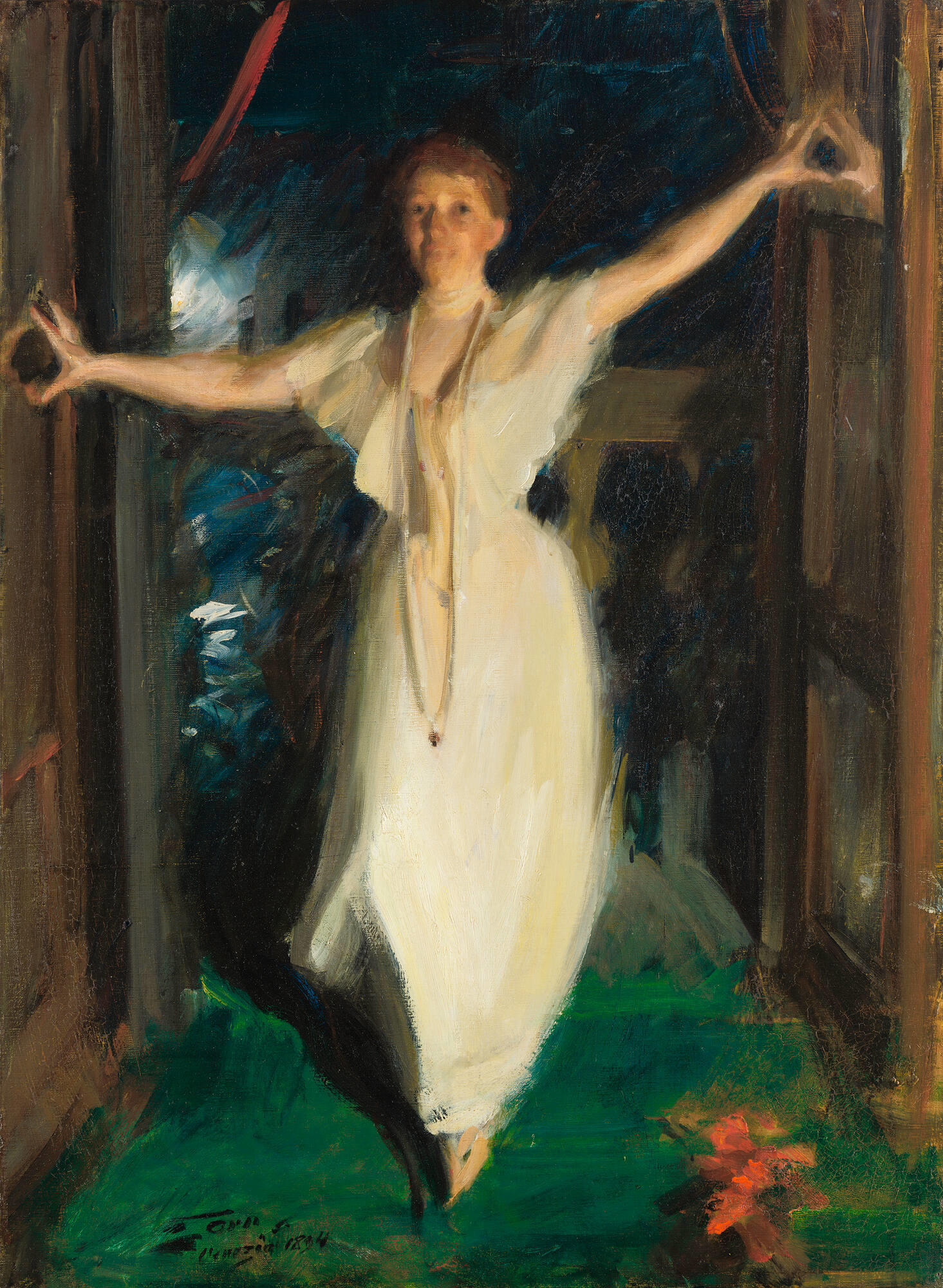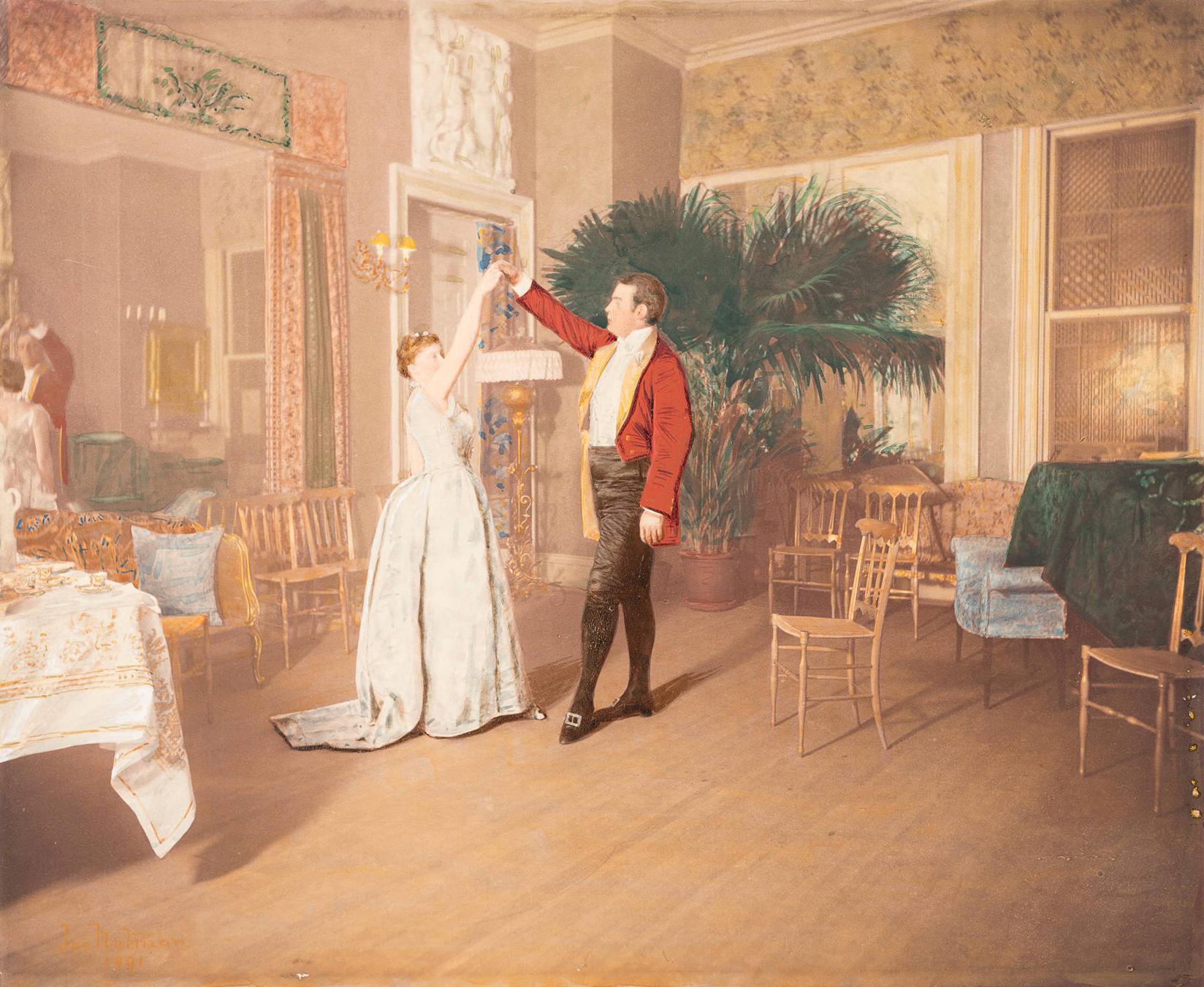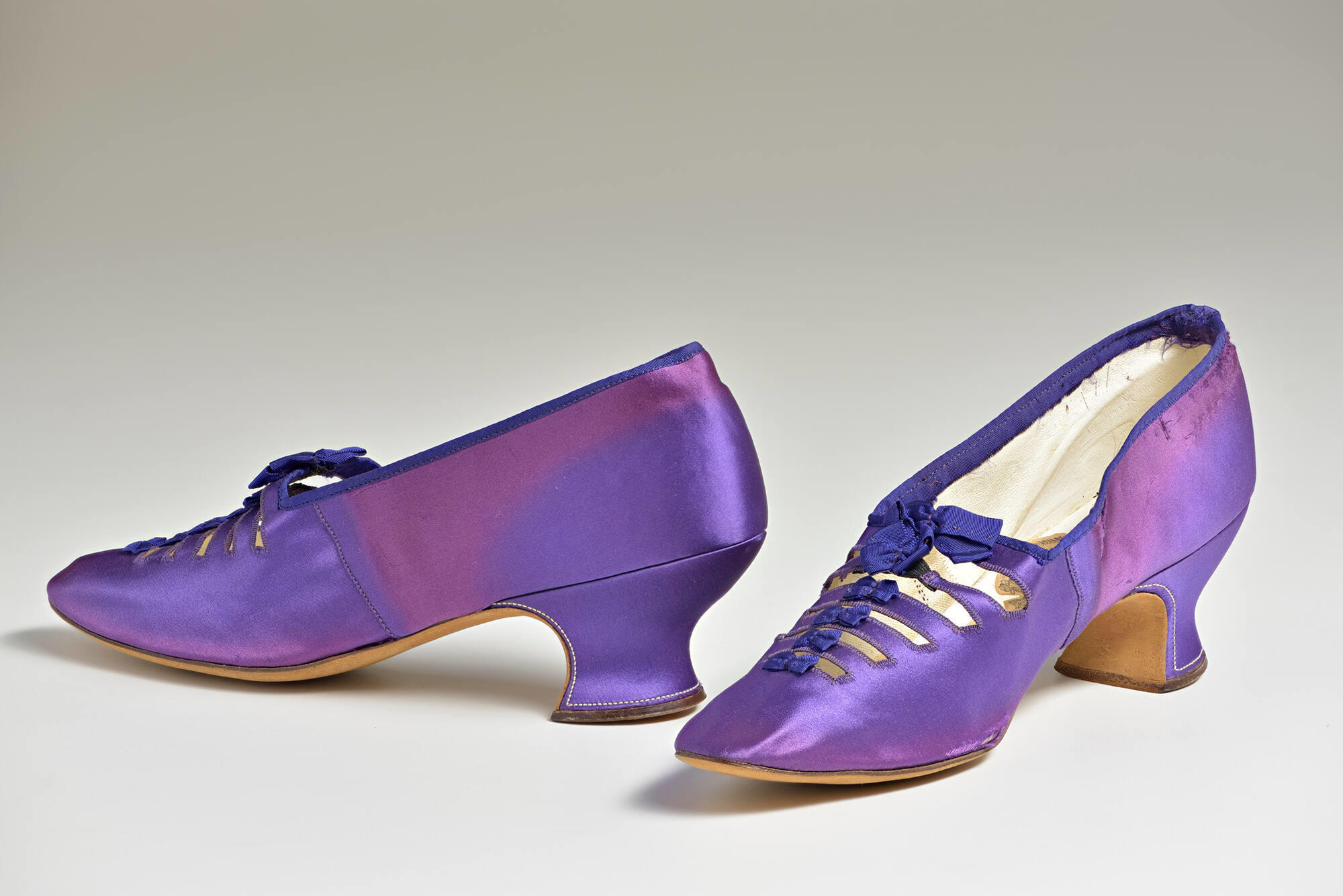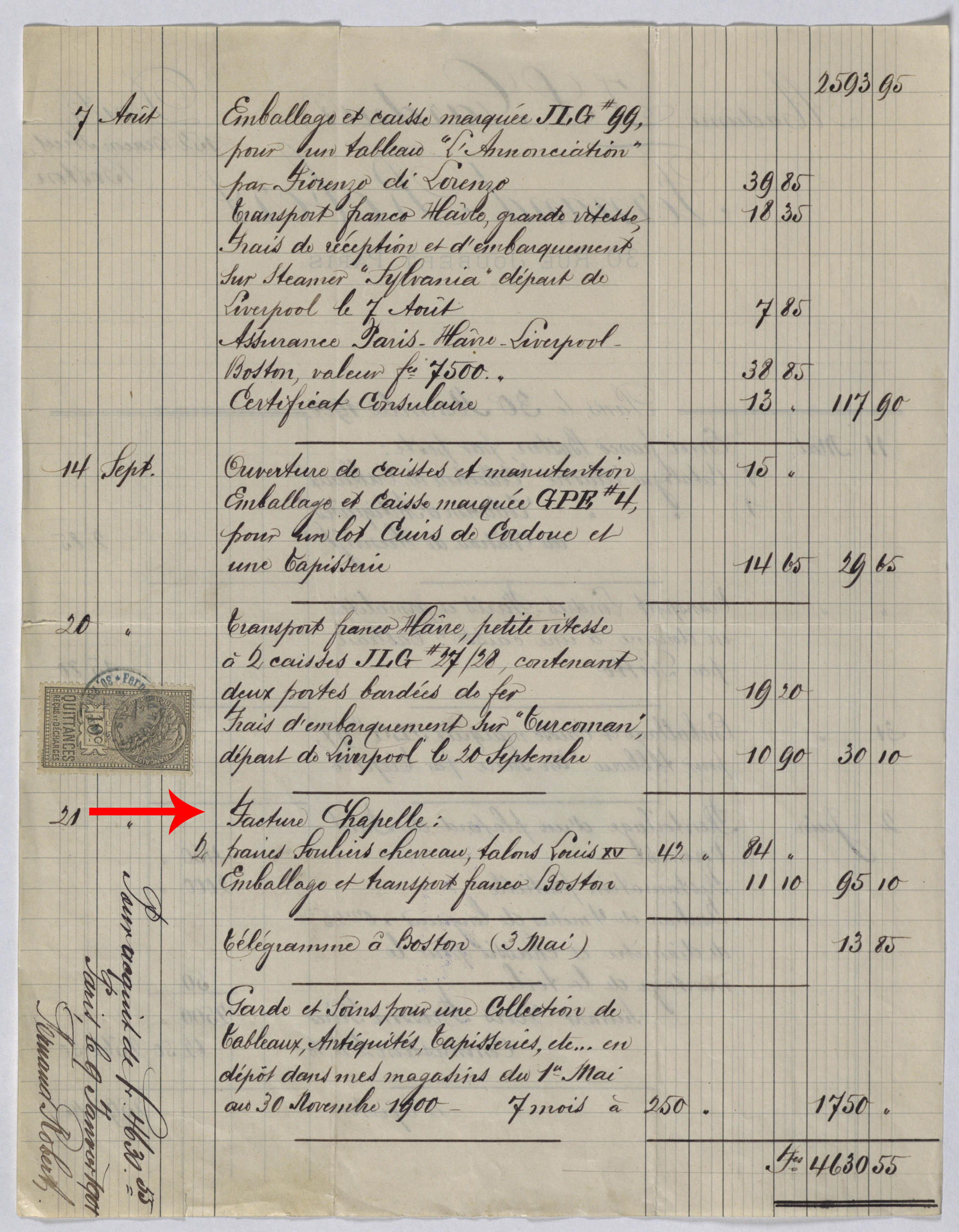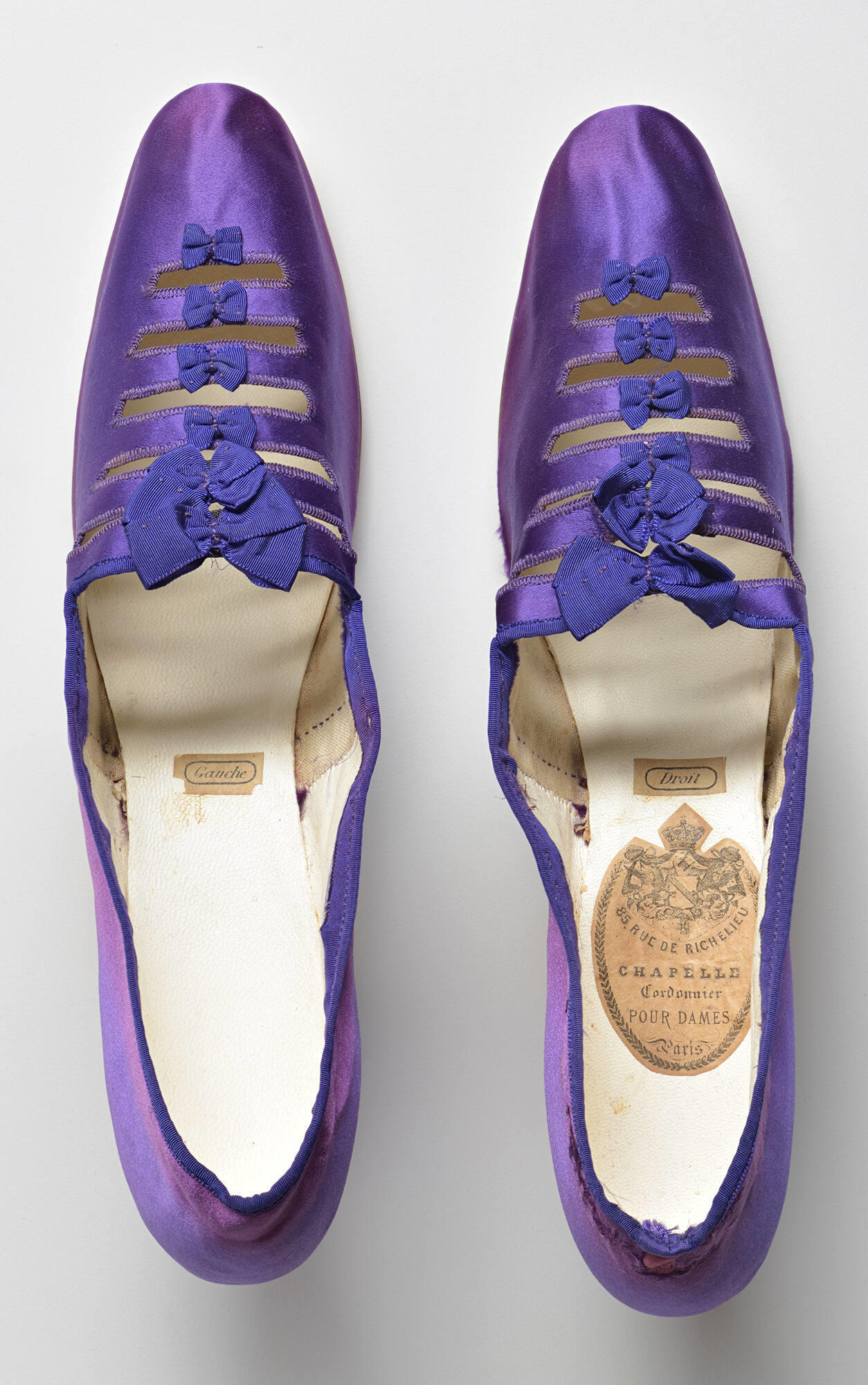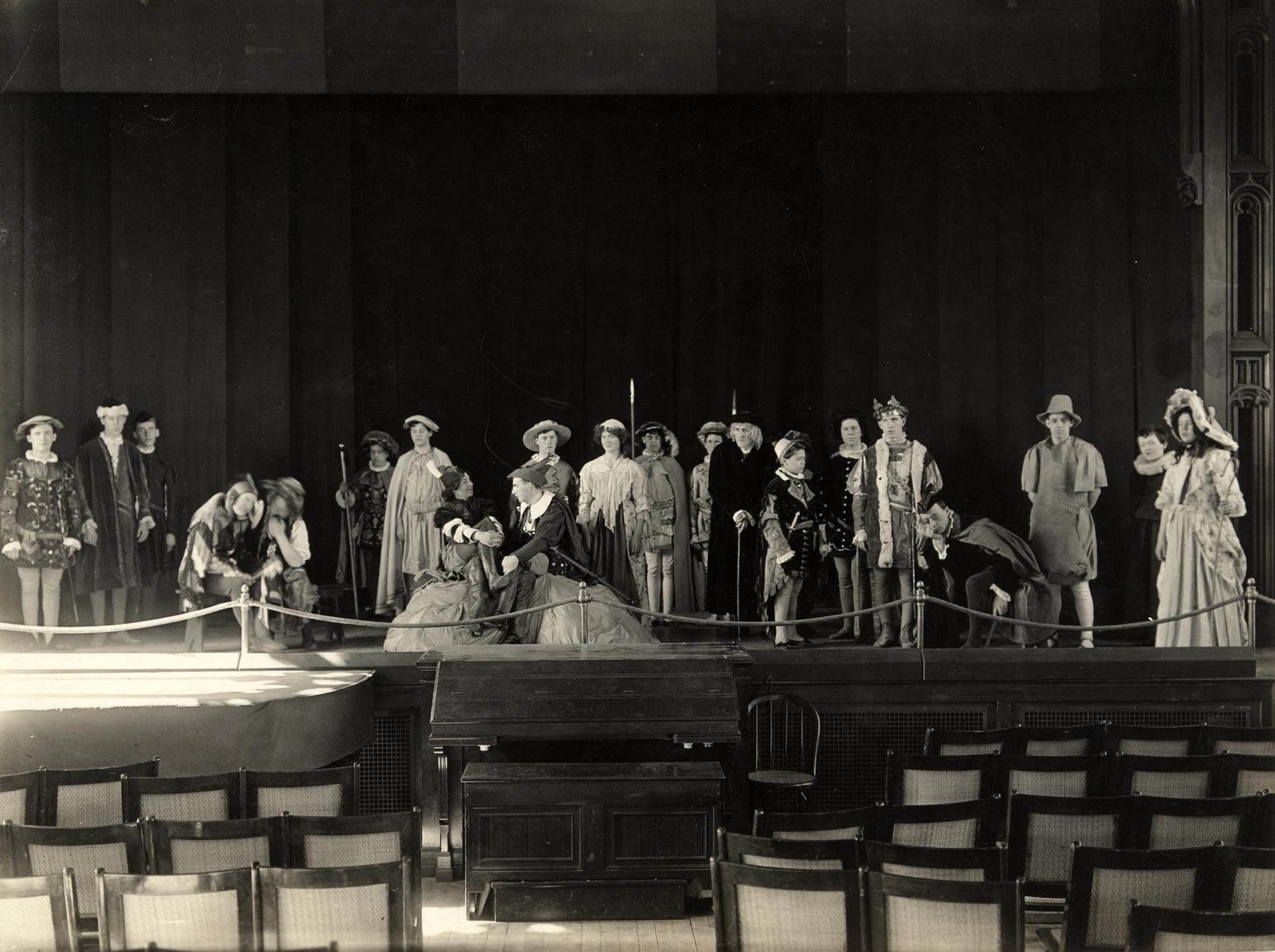Back to Blog
¹“Pair of Wedding Shoes,” Victoria and Albert Museum online collection, T.4:1, 2-2008, accessed September 18, 2023, https://collections.vam.ac.uk/item/O146940/pair-of-wedding-chapelle/
²Boston Massachusetts American, 20 November 1909, from Perkins School for the Blind Bound Clippings: Massachusetts Adult Blind, Volume II, 1907-1909, p. 293. https://archive.org/details/perkinsschoolfo070902perk/page/n293/mode/2up Boston Morning Journal, 29 November 1909, from Perkins School for the Blind Bound Clippings: Massachusetts Adult Blind, Volume II, 1907-1909, p. 297. https://archive.org/details/perkinsschoolfo070902perk/page/n297/mode/2up
³“Taking the Stage,” Perkins School for the Blind, accessed September 18, 2023, https://www.perkins.org/taking-the-stage/
